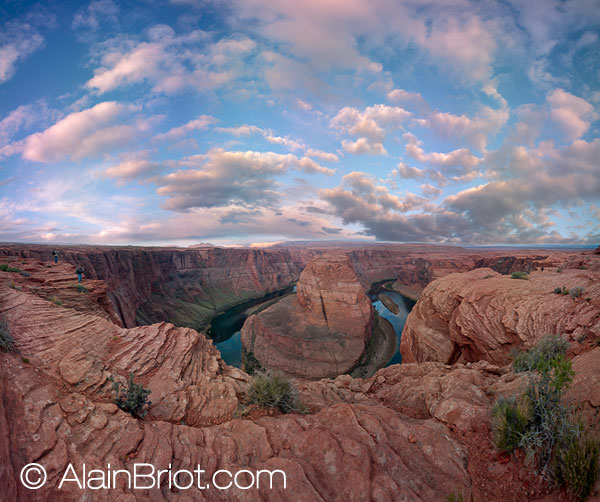Doug Kerr
Well-known member
There are many mysteries in the area of copyright, especially in the digital domain.
Here is what is to me a very fundamental conundrum:
By way of background, as the owner of the copyright to an image, I have several exclusive rights, including:
•The right to make copies of the image
•The right to display the image publicly
The fact that my rights are exclusive means that others do not (in general) have those rights (unless I somehow convey them). (There is of course the doctrine of fair use, but I think that is not involved in my point here - but maybe it is.)
Suppose I take an image, in digital form, for which I hold the copyright, and post it on a non-password-protected area in my Web site. The intention, in copyright terms, is "public display".
A viewer, perhaps finding the image listed on an index, accesses it. When he does so, it is transmitted over the Internet under the auspices of his browser, and is displayed.
Of course, when the image file is received, it is written into the computer memory and presumably onto the hard drive as well (perhaps in the sense of caching). That certainly constitutes, in the technical sense, a copy of the representation of the image. (Which is of course all right with me - I expected that as an unavoidable part of the realities of "public display" in this context.)
But I did not grant any other party the right to make a copy of my image.
So does the writing of that copy constitute patent infringement? And if not, why? Would that perhaps constitute a form of "fair use"?
Now, assuming that such writing of a copy of the file didn't not constitute infringement:
What kind of action involving a copy of that digital image could a recipient do that would be infringement?
Would it be if he saves another copy of the image to his hard drive to a location other than where it already appears for caching? And if so, what is the legal distinction involved?
I'd be curious as to the take on this of those of you who have had to deal with copyright subtleties in your professional work.
Thanks.
Here is what is to me a very fundamental conundrum:
By way of background, as the owner of the copyright to an image, I have several exclusive rights, including:
•The right to make copies of the image
•The right to display the image publicly
The fact that my rights are exclusive means that others do not (in general) have those rights (unless I somehow convey them). (There is of course the doctrine of fair use, but I think that is not involved in my point here - but maybe it is.)
Suppose I take an image, in digital form, for which I hold the copyright, and post it on a non-password-protected area in my Web site. The intention, in copyright terms, is "public display".
A viewer, perhaps finding the image listed on an index, accesses it. When he does so, it is transmitted over the Internet under the auspices of his browser, and is displayed.
Of course, when the image file is received, it is written into the computer memory and presumably onto the hard drive as well (perhaps in the sense of caching). That certainly constitutes, in the technical sense, a copy of the representation of the image. (Which is of course all right with me - I expected that as an unavoidable part of the realities of "public display" in this context.)
But I did not grant any other party the right to make a copy of my image.
So does the writing of that copy constitute patent infringement? And if not, why? Would that perhaps constitute a form of "fair use"?
Now, assuming that such writing of a copy of the file didn't not constitute infringement:
What kind of action involving a copy of that digital image could a recipient do that would be infringement?
Would it be if he saves another copy of the image to his hard drive to a location other than where it already appears for caching? And if so, what is the legal distinction involved?
I'd be curious as to the take on this of those of you who have had to deal with copyright subtleties in your professional work.
Thanks.

